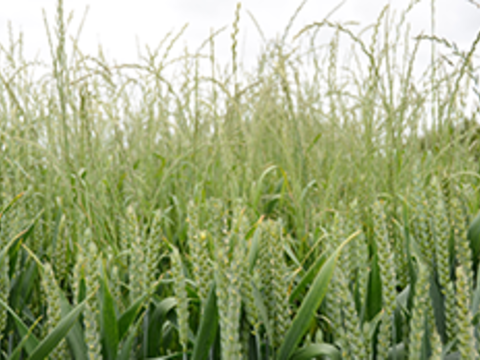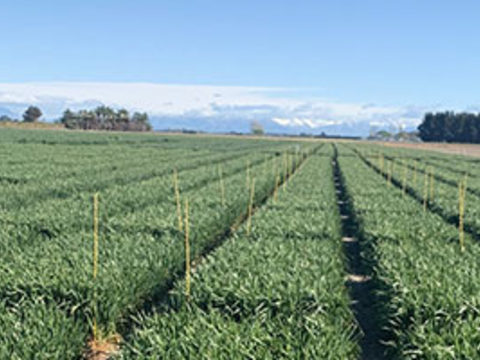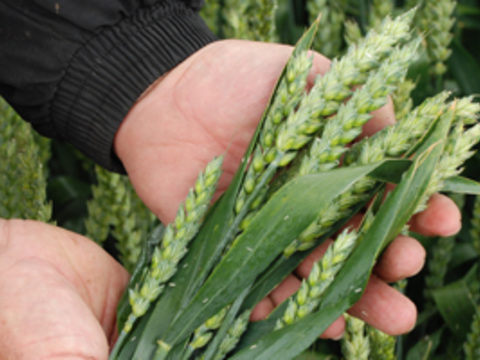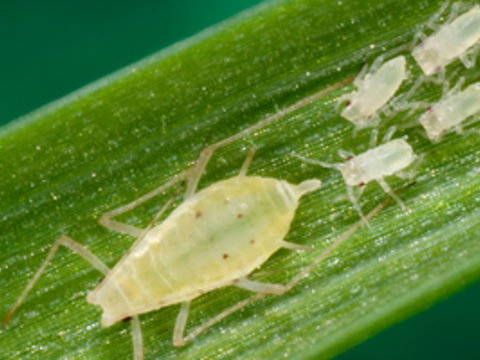Fungicide options for Ramularia control in barley
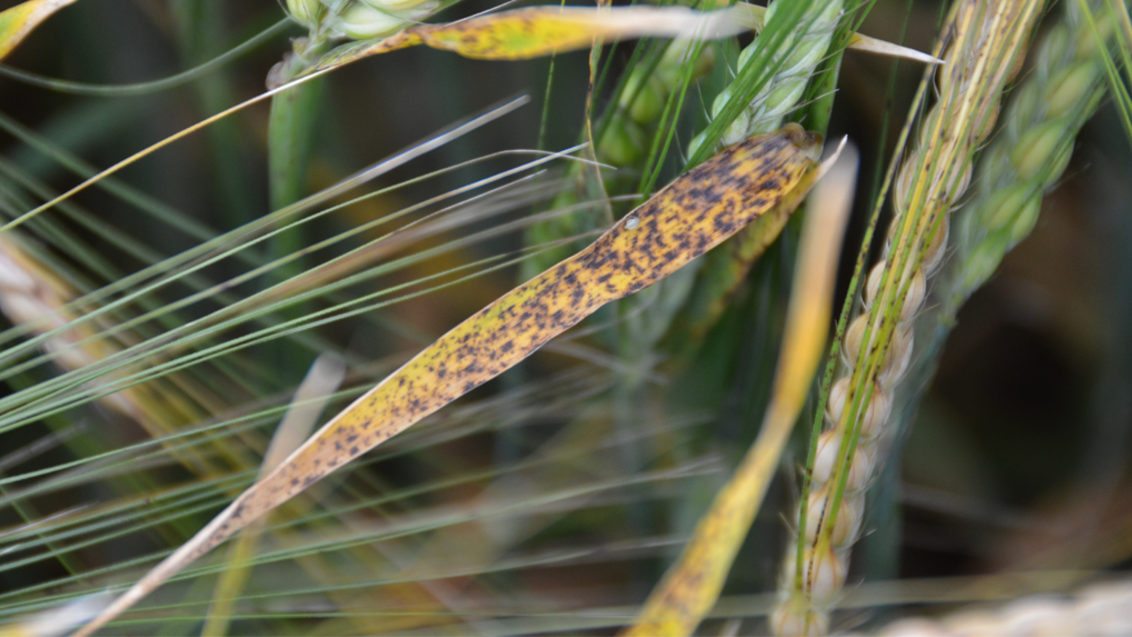
Ramularia leaf spot is a late season disease affecting both spring and winter barley.
The disease appears to have become more widespread in New Zealand over recent years. However, it is likely to have been mistaken for other diseases in the past, or misidentified as physiological leaf spots.
Ramularia produces toxins within the plant that react with sunlight, leading to brown spots on the leaves with yellow margins that can develop rapidly after ear emergence, resulting in early leaf senescence and significant yield loss.
The optimum time to protect barley from Ramularia leaf spot is at GS49 (awns emerging), before symptoms are visible on the upper leaves. Once symptoms have started to develop no fungicide can provide effective control of this disease.
In irrigated crops when the grain fill period is extended, an additional fungicide at ear emergence (up to GS59) should also be considered.
In Europe there is widespread resistance of Ramularia to strobilurin fungicides, and DMI fungicides have also shown a decline in efficacy against this disease.
In New Zealand fungicide resistance to Ramularia has not yet been confirmed. However, FAR trials in the 2016/17 season highlighted that SDHI fungicides are more effective against Ramularia than both DMIs and strobilurins.
The choice of fungicides for Ramularia control will be influenced by disease risk, withholding periods, and the yield potential of the crop.
The solo SDHI fungicide Seguris Flexi is a great option in barley for the late spray timing. It has excellent activity against both rust and Ramularia, and a relatively short withholding period (42 days for grain, and 28 days for silage). Seguris Flexi can be used later in the season than some other fungicide options which have longer withholding periods.
Being a solo SDHI, Seguris Flexi also offers the flexibility of being able to add the best DMI mixing partner, depending on disease risk and withholding period.
Laboratory tests conducted by Syngenta in Switzerland show isopyrazam (the SDHI active ingredient in Seguris Flexi) is significantly more potent than other SDHIs (in Aviator Xpro® or Adexar®) against Ramularia.
Click here to download the Ramularia Technote and test results.



